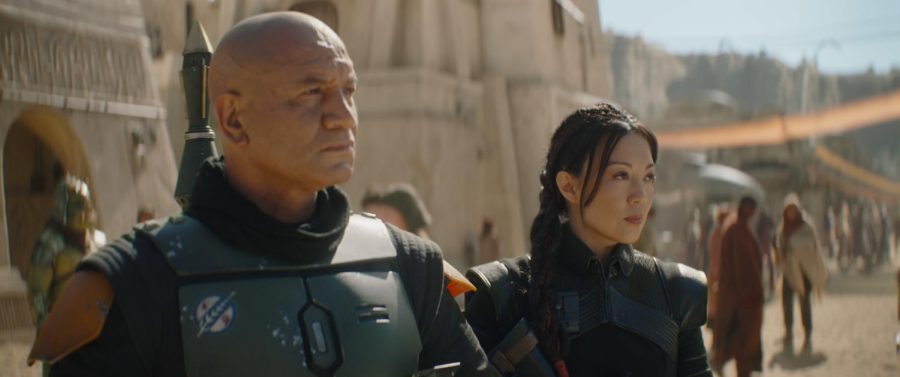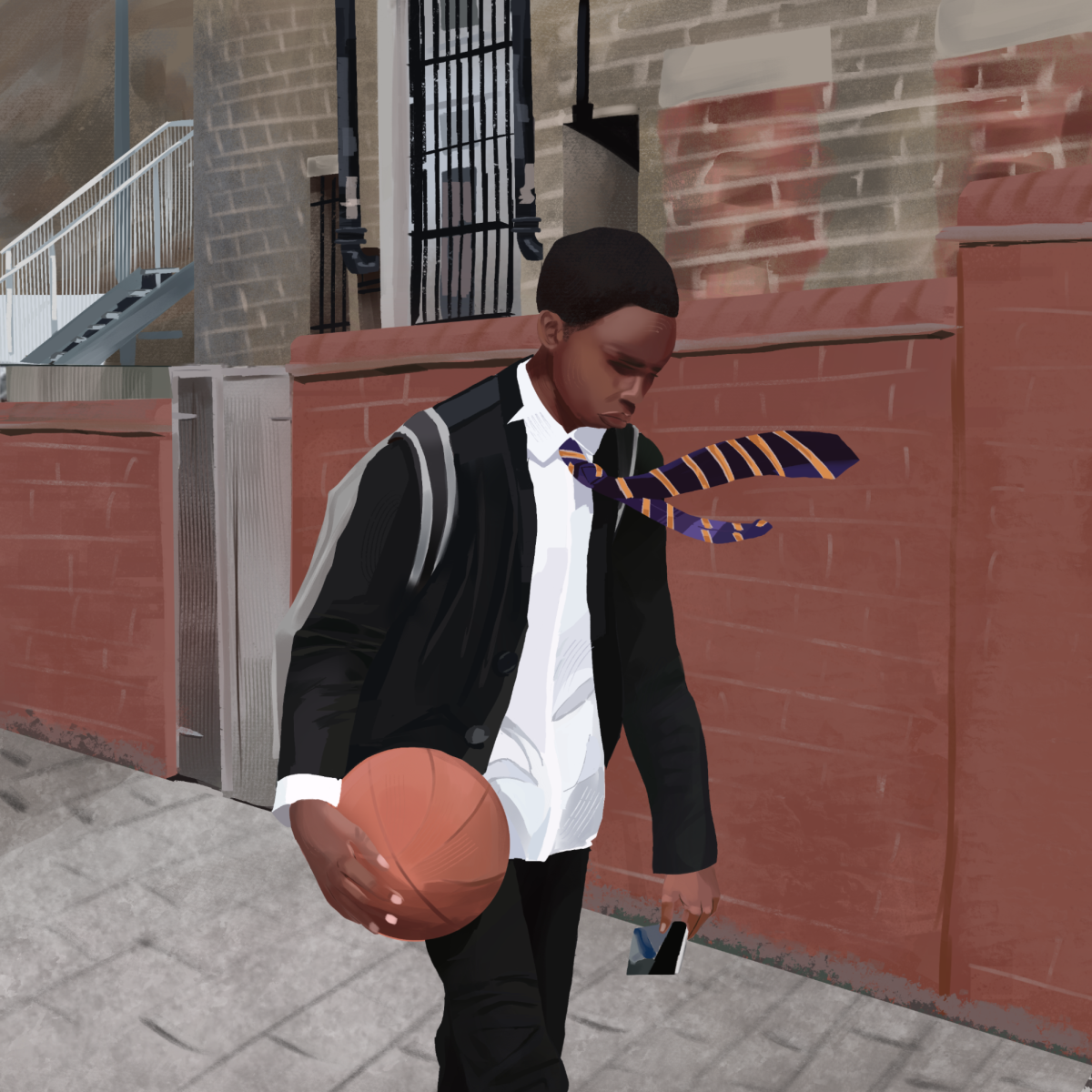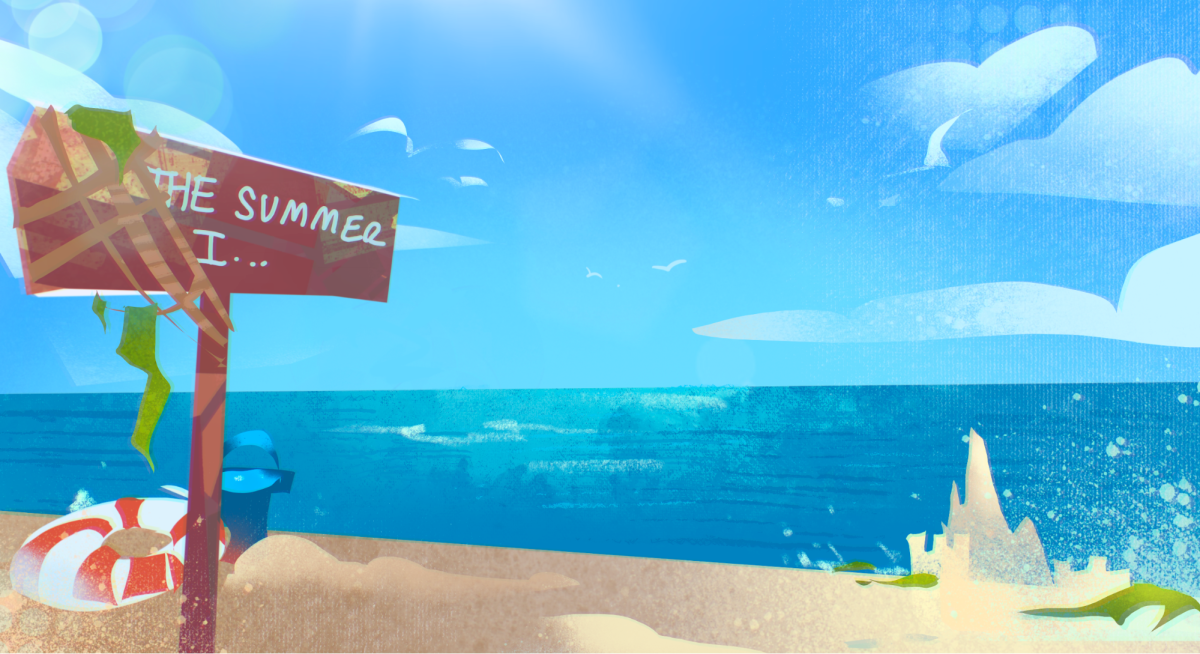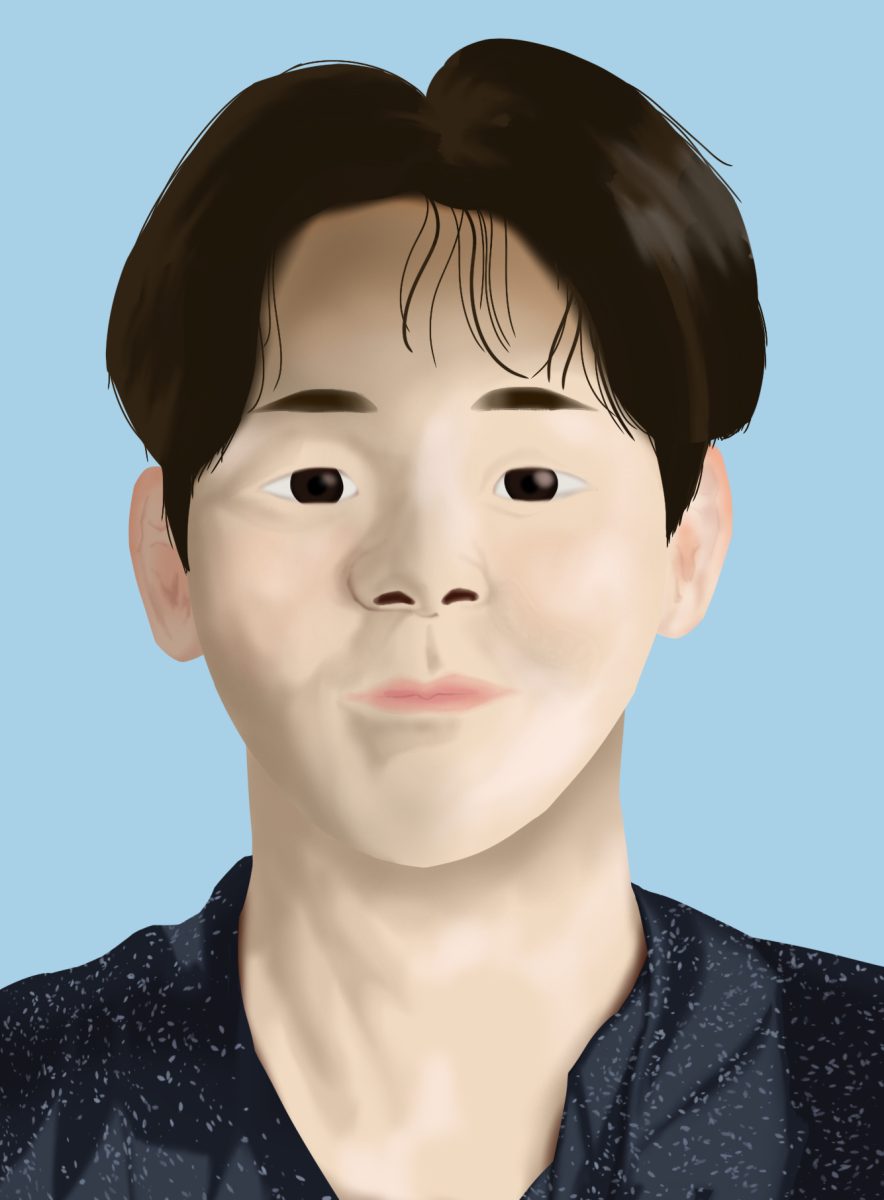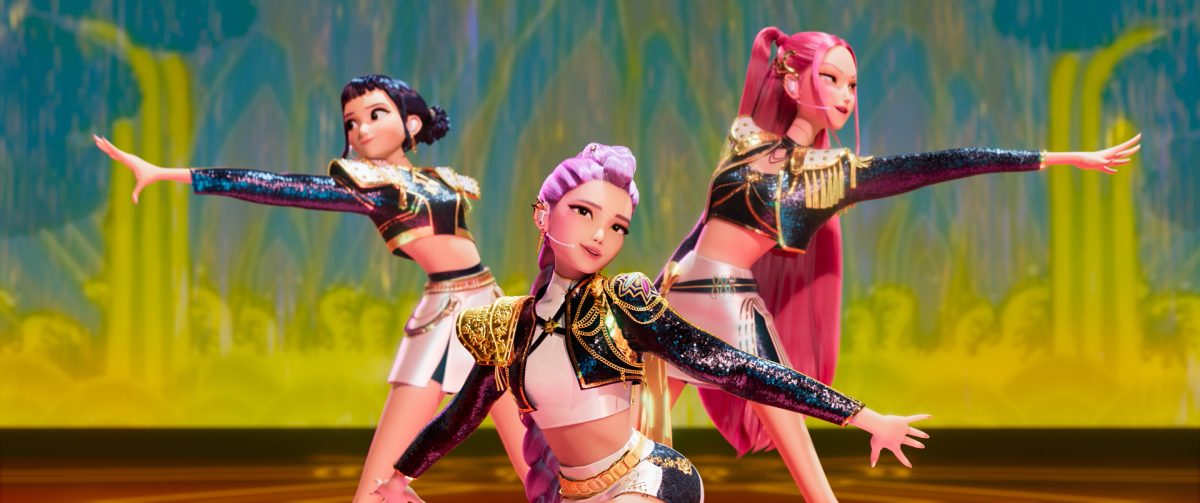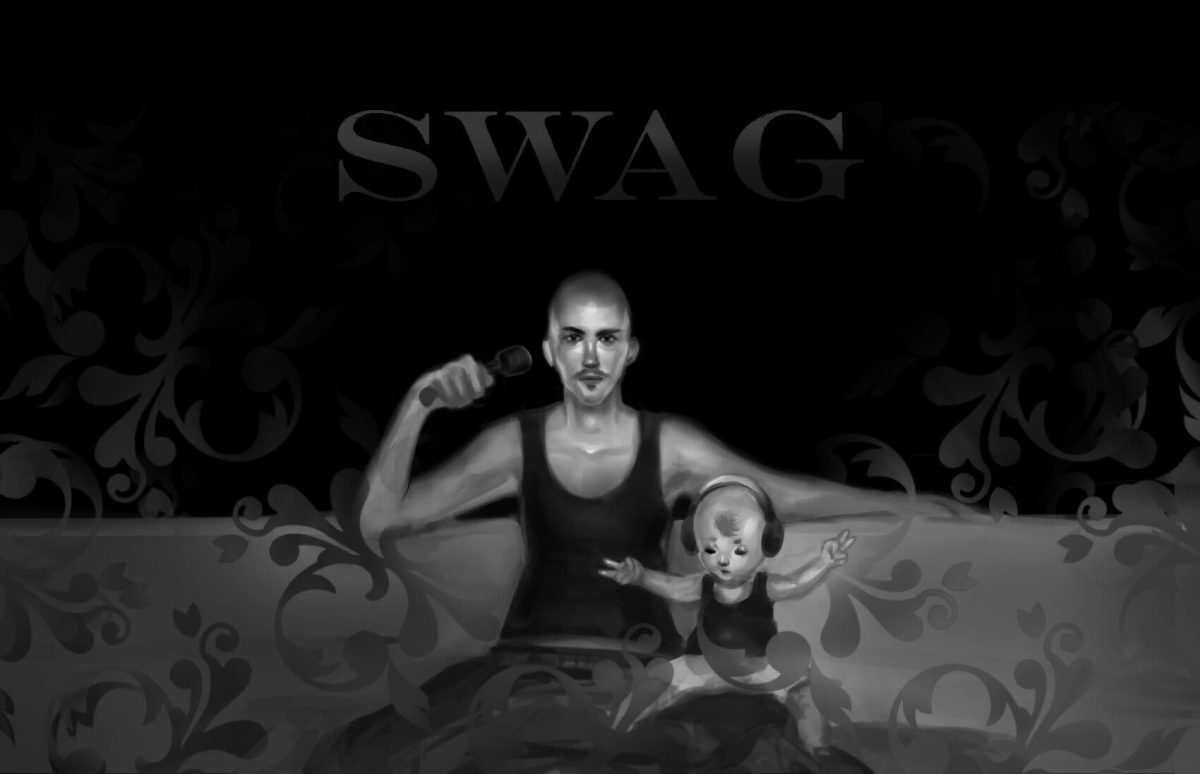In the original Star Wars trilogy, four short lines of dialogue from bounty hunter Boba Fett would unexpectedly solidify his place as a pop culture icon before “Return of the Jedi” where Fett would presumably die in the jaws of a Sarlacc, a sand-dwelling whirlpool of teeth .
Now available on Disney+, “The Book of Boba Fett” directed by Jon Favreau (“The Mandalorian”) follows the bounty hunter (Temuera Morrison, “Woman in Blue”) as he fights for power on Luke Skywalker’s home planet of Tatooine. There, he reconciles with his past after emerging from the desert sand worm.
Based on a viewing of the first three episodes, each episode consists of Boba Fett struggling to build his empire and fill in the power vacuum in places once held by the alien kingpin Jabba the Hutt who originally appeared in “A New Hope.” Additionally, flashbacks to his past reveal how he survived on Tatooine with a desert tribe called the Tusken Raiders, also first showcased in “A New Hope.”
The first episode of any series can make or break viewers’ first impression and their opinions onwards, but unfortunately, the pilot, “Chapter 1: Stranger in a Strange Land,” does not deliver in regards to capturing the audience’s attention.
Marked by its slow pace and rather dull script, the reintroduction of Fett’s character fails to exude any sort of charisma or intrigue in his position as a crime lord, falling to audiences receptive to his character. Boba Fett often seems oblivious to the political struggles and territorial gang wars he often puts himself in, giving the unintentional impression of unintelligence to his characterization, such as when he fails to find the source of his assassin’s employers despite being one of the best equipped criminals on the planet.
Additionally, the chemistry between Fett and Fennec (Ming-Na Wen, “Pretty Smart”), his main enforcer, leaves much to be desired because of the clunky dialogue between the two.
Fett will ask obviously plot relevant questions such as what faction controls certain territory and Fennec will respond with a long winded piece of exposition that serves to move the episode forward rather than add to their dynamic.
Despite Fennec being Fett’s closest ally and arguably his friend, their conversations often feel distant and cold.
However, by the next episode, “Chapter 2: The Tribes of Tatooine,” the series picks up and redeems its potential with its heavy action and surprisingly poignant storytelling.
This one features Boba Fett integrating into the Tusken Raider tribe as he learns the intricacies and cultural nuances of the desert natives. The climax of the episode happens when he and the raiders conduct a train hijacking in a high octane action sequence packed with top of the line computer-generated imaging (CGI) viewers come to expect from Star Wars.
The seamless transition from Boba Fett reminiscing on the past to his present day conflicts often mirror each other in theme as he must overcome the challenge of establishing dominion over his new territory, just as he did in the wilderness of Tatooine.
In the third installment, “Chapter 3: The Streets of Mos Espa,” the director unfortunately reverts back to the disappointing precedent set by the first episode. Here, Boba Fett investigates who attempted to assassinate him, which results in a cartoonishly bad chase scene in poorly made CGI speeder bikes.
The final sarlacc swallowing of Fett’s character comes with the episode’s lashbacks as he reacts to the strewn corpses of his murdered tribe without shedding a single tear. The lack of emotion exuded from Fett as he burns each and every body of the Tusken Raiders almost seems to undo the empathy exhibited by his character just an episode earlier.
Ultimately, “The Book of Boba Fett,” finally unmasks the mystery behind the almost silent bounty hunter found in the original trilogy to reveal a man struggling to overcome his past and his current environment.
In spite of the series’s lack of compelling characterization for Boba Fett, the show itself exudes an interesting atmosphere. The series can still be admired for its technical display of its setpieces and different environments shown through Boba Fett’s perspective.
However, the failure to make Boba Fett a compelling character detracts from the overall entertainment value Star Wars fans so often seek in the protagonists. Despite the occasional flashy fight scenes and rare moments of intrigue, the time invested watching this series will not be well spent – again, based on the first three chapters.
Forty two years have passed since first Boba Fett’s appearance in “The Empire Strikes Back,” which left fans wondering who exactly the mysterious bounty hunter was. With the “Book of Boba Fett,” they might find nothing but disappointment.



